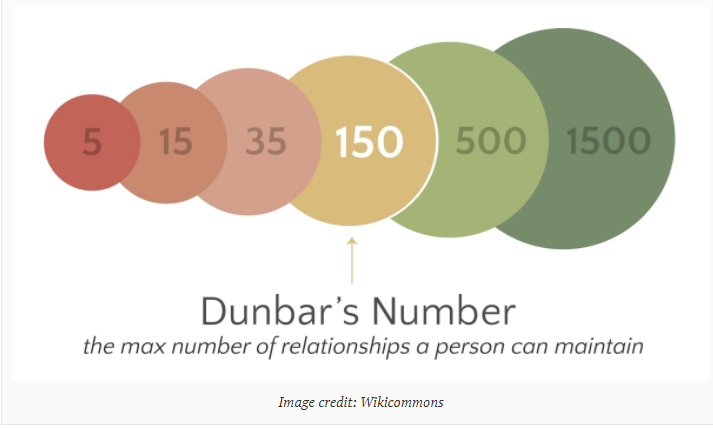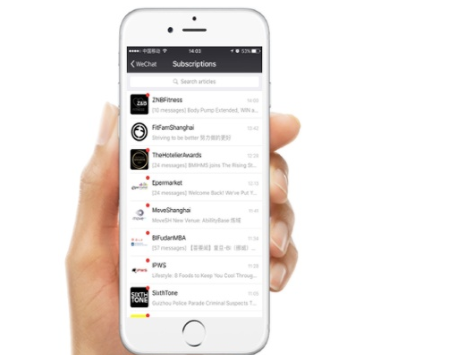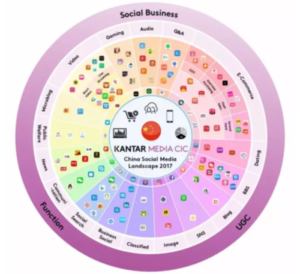With the soaring popularity of social media in China, luxury shoppers are more and more starting to seek opportunities where they can be more than just a consumer. As a result, content creation is no longer led by mainstream media and KOLs alone, but consumers are increasingly generating original content on Weibo and WeChat as well. How, then, can luxury marketers take advantage of this growing desire of Chinese consumers to share content? To answer this question, JingDaily interviewed three experts in the field who provided suggestions on how brands can unlock the power of user-generated content.
Market updates
Tmall kicks of 11.11 buildup with ‘See now, Buy now’ show
The `See Now, Buy Now` fashion show last Friday, with models showing off branded fashion and apparel that will be available to buy for Alibaba´s 11.11, kicked off three weeks of promotions Alibaba will run to create a buzz ahead of 11.11. With `retail as entertainment´ as the central theme to this year´s 11.11, the `See Now, Buy Now` fashion show perfectly illustrates the merging of offline and online shopping: viewers enjoyed the live show while shopping the items they saw directly on their phones.
The new China Cultural Revolution: how micro-influencers can deliver better ROI than big KOLs
Brands often devote a portion of their online marketing budget to Key Opinion Leaders (KOLs), influential (online) public figures with hundreds of thousands or millions of followers. However, based on Dunbar’s number – a theory saying our brains cannot maintain more than about 150 stable relationships and influence declines as the number of relationships grows – influencers with a smaller network might be better. Social scientist Robin Dunbar tested whether online social networks are similar in terms of size and range to that of offline face-to-face networks, resulting in some interesting suggestions regarding the influence of KOLs and mini-influencers.
Infographic: online behavior of Chinese millennials
Chinese millennials – people born between the early 80s and early 2000 – are often referred to as digital natives, as they grew up with the development of new technologies. With 211 million 90’s millennials in China, that account for 4 billion US dollar of online shopping, marketers do well by learning about their behavior and understanding their preferences. Studying the infographic made by Hylink might be a good first step in this.
“Sang” the trend of negative messages on Weibo & WeChat
Black tea called “My ex-boyfriend is better off leaving me” and brand advertisements saying “No one can make you give up on your dream, you will give it up by yourself after giving it a thought”. Depressing messages are winning the market as they have become a proven method of attracting attention, so much that the Chinese youth came up with a name for these dispiriting messages: Sang(丧). Fascinated by this new marketing strategy, Netease and Eleme collaborated on a new concept named Sang Cha, the depressing opponent of Hey Tea (Happy Tea). Read the full article to get a good look on how this came into being.
Understanding consumer’s attitude to enhance add effectiveness
Marketers today face a new mindset: consumers have gone from simply receiving content to seeking it out and controlling what they see. As a respond, many marketers have moved to marketing in the moment – trying to reach consumers in the moment when they are shopping or at the point of purchase. However, according to Kantar China Insights, the real power of advertising lies not in the moment but in people’s memories. The true power of advertisements is to establish motivating feelings, ideas and associations linked to the brand in people’s memories so when people are making up their own minds at the moment of purchase, those impressions shape the way they respond. But then, how should advertisers adapt?
China ecommerce days you should know about
Since the dawn of online retail, e-commerce days are a big part of celebrating different national holidays. These shopping days are often created by different e-commerce platforms in China, running promotions for all the major holidays and using discounts to turn them into e-commerce days. For every company doing business in China: you should mark these e-commerce days in your calendar!
What you need to know about using WeChat for B2B – 5 top tips
Although some might argue otherwise, WeChat is a brilliant tool for B2B. If properly used, WeChat offers incredible opportunities for brands to market directly to potential customers on a device that each person does not let out of sight throughout their waking hours. However, as this only applies for well-designed accounts, Brandigo listed 5 tips for running B2B WeChat accounts all brands should consider while opening an official WeChat account.
Chinese digital consumers are a model for the future
With cellphones being the primary device for working, shopping and entertainment nowadays, a mobile platform should be a brand’s first priority when wanting to reach Chinese digital consumers. Chinese digital consumers consume content via mobile platforms while commuting, taking breaks at work, and during lunch – spending on average 26 hours per week on their phone. Right now, brands use their website blogs as flagship content marketing tools: they publish content on the website, push the content to other channels, and refer social media and mobile readers back to the website. However, with WeChat being the go-to-platform for Chinese digital consumers, WeChat will become the primary platform for articles and thus a crucial component to spread your content. If you haven’t already, read more about how you can maximize your social channel’s potential.
The evolution of Chinese social media in 2017
The Chinese social media landscape is one of the most unique and dynamic ones in the world. As social media and the internet evolve and the gap between business and social is shrinking, brands cannot ignore the importance of putting effort in understanding trends and integrating them wisely into their business strategy. To be of assistance, Kantar media CIC has shared five major trends shaping social media and strategy in China and around the world.










